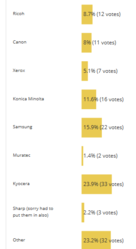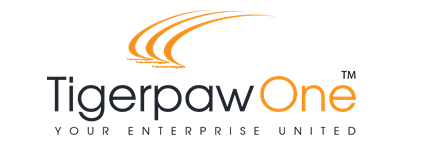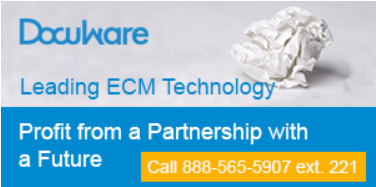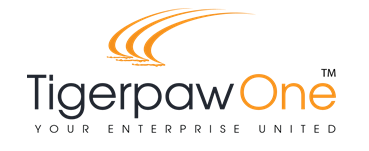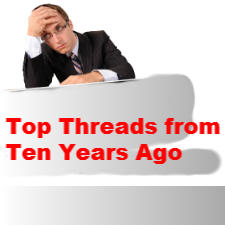 Hope everyone here in the US had a great Memorial Day weekend. Tomorrow starts the month of June for me. Hard to believe almost half of the year is almost in the books. Enjoy these threads from ten years ago this week.
Hope everyone here in the US had a great Memorial Day weekend. Tomorrow starts the month of June for me. Hard to believe almost half of the year is almost in the books. Enjoy these threads from ten years ago this week.This Week in the Copier Industry 10 Years Ago (First Week of June 2007)
 Hope everyone here in the US had a great Memorial Day weekend. Tomorrow starts the month of June for me. Hard to believe almost half of the year is almost in the books. Enjoy these threads from ten years ago this week.
Hope everyone here in the US had a great Memorial Day weekend. Tomorrow starts the month of June for me. Hard to believe almost half of the year is almost in the books. Enjoy these threads from ten years ago this week.







